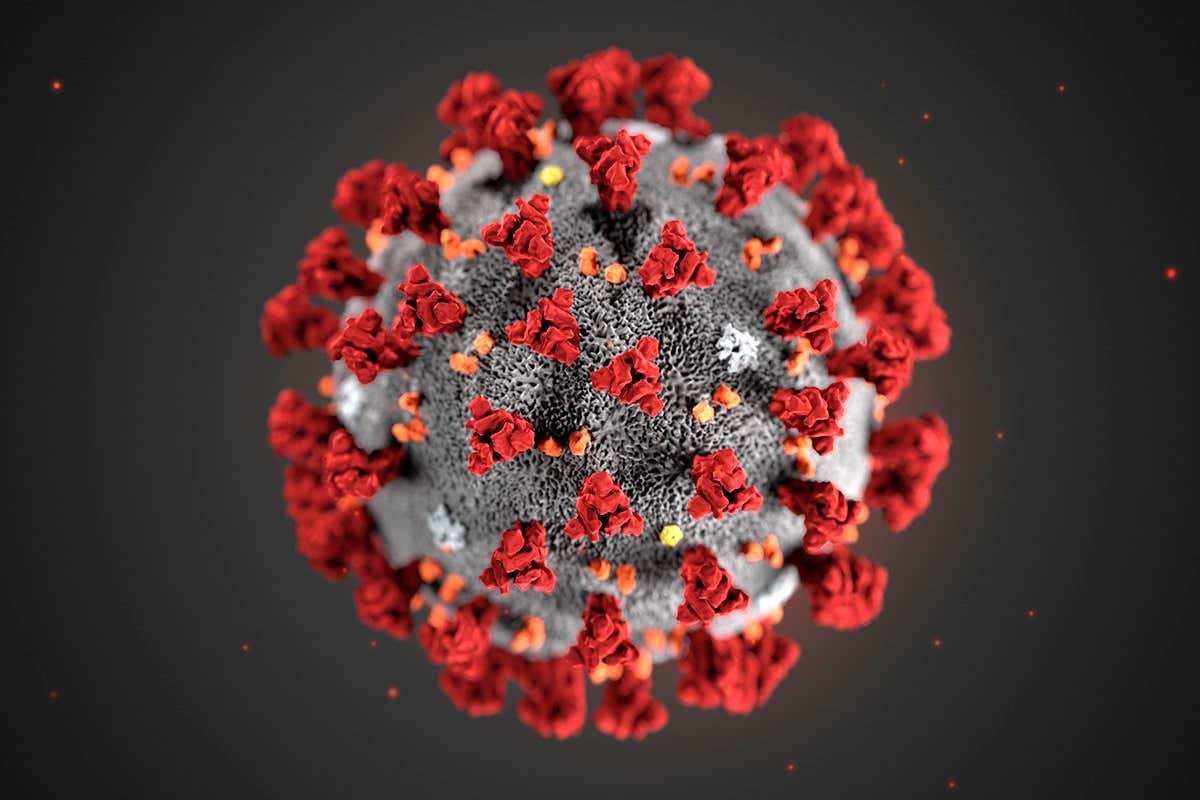
Barcelona’s new research provides evidence that Covid-19 can be a seasonal disease that is no different from the flu, touching one of the questions that has existed since the commencement of Pandemic. Among other things, scientists found that the transmission rate of Covid-19 was higher in areas that had humidity and low temperatures, as well as a consistent pattern of the first through the third wave of pandemic.
The new study comes from the Barcelona Institute for Global Health (Isglobal); It was published in the journal peer-reviewed natural computing science. The team saw the initial phase of Covid-19 spread across 162 countries in connection with local humidity and temperature level. Data was withdrawn before public health policy was launched and people began to change their behavior.
In addition, this study saw the relationship between the climate of local to the level of the world and how the virus evolved from time to time. The researchers found that when the level of temperature and moisture was lower, the transmission rate of Covid-19 was higher. The team explained that they found a “consistent pattern” on a different geographical scale (city, country, etc.) during the first, second, and their pandemic waves.
For example, the analysis found that the first Covid-19 wave slowed as a level of moisture and increased temperature, while the second waves began when the climate began to cool again. The only exception is summer, who violates the pattern on all continents has the potential for things such as increasing tourism and group meetings.
In addition, researchers use epidemiological models to show that factoring in climates with transmission levels increases predictions when Covid-19 waves will increase and decrease. In addition to increasing predictions, the researchers noted that their research showed a greater need for what they called ‘air cleanliness,’ referring to indoor ventilation to help reduce the spread of aerosols.
